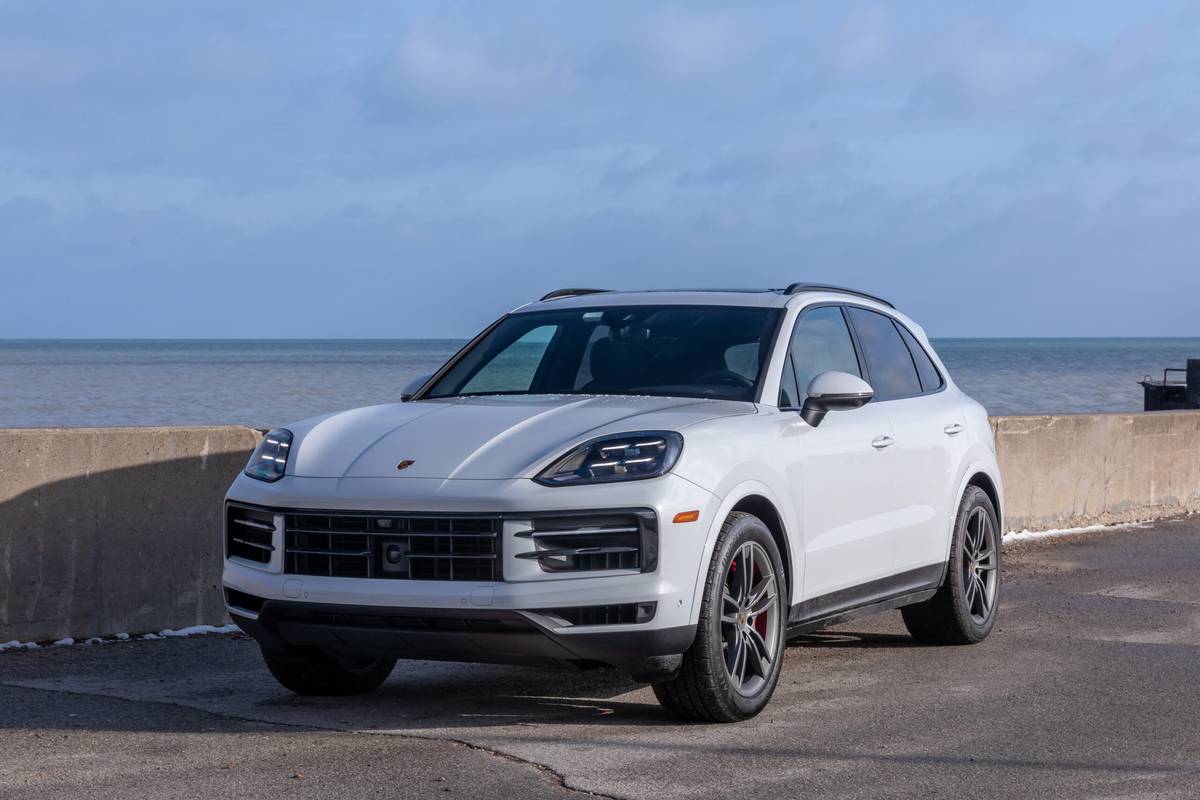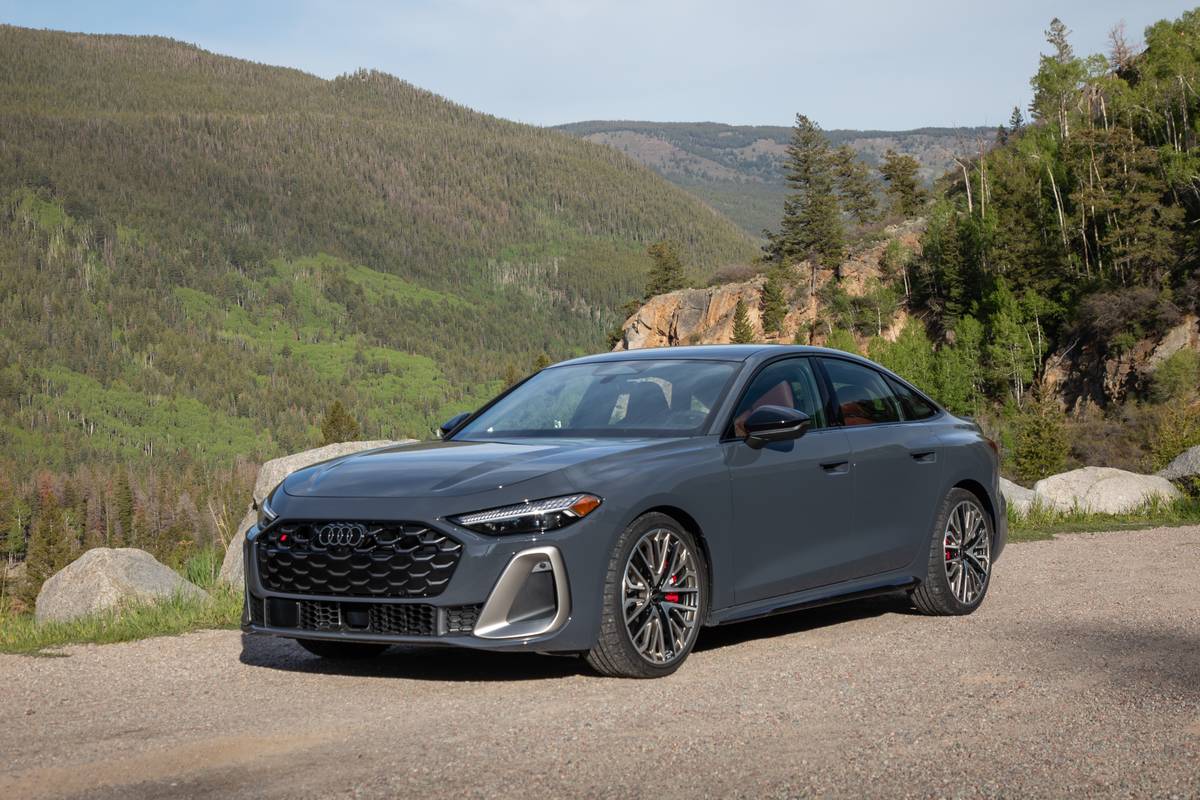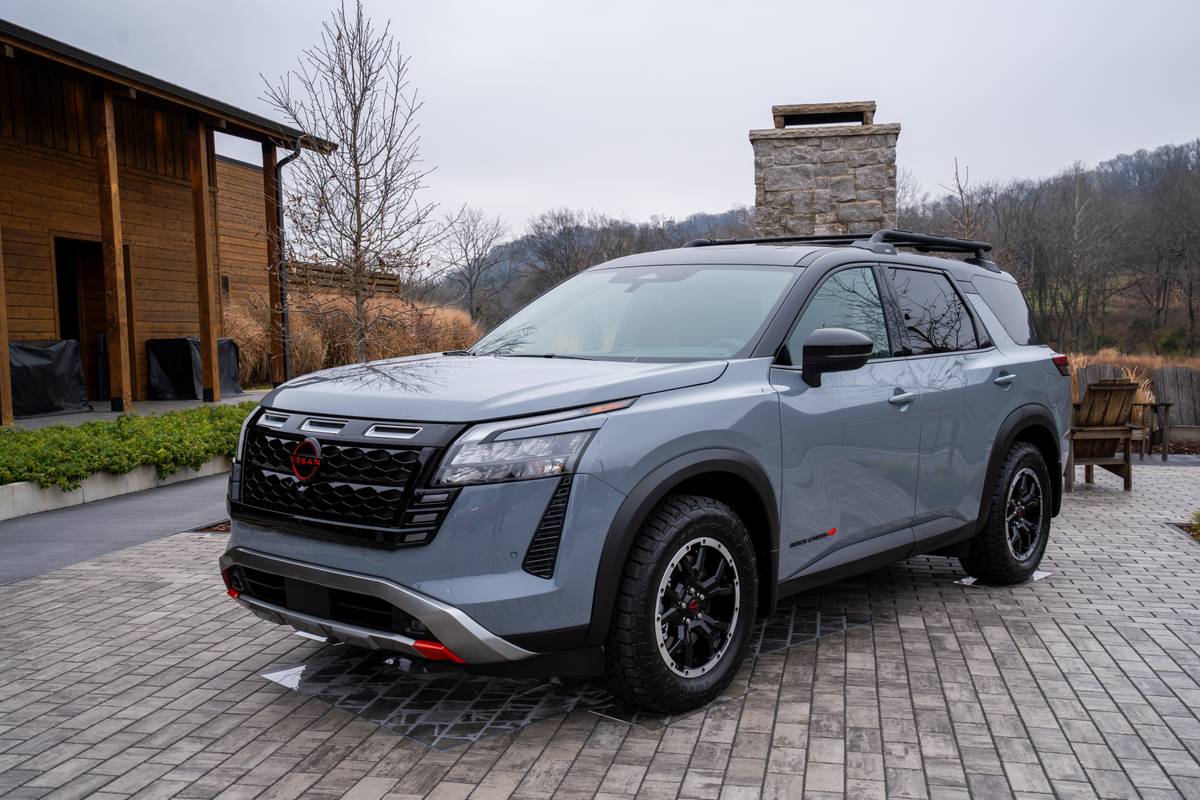Star-Telegram.com's view
It’s possible to get the utility of a sport utility with the fuel economy of a compact car, and that’s what consumers will find with the redesigned 2009 Pontiac Vibe.
This little crossover wagon starts at just $16,100 (plus $635 freight) for the base model with a 1.8-liter four-cylinder engine and manual gearbox, and EPA ratings of up to 26 miles per gallon city/32 highway (26/31 with automatic transmission).
Even our top-of-the-line GT model tester (base price $20,875), with its peppier 2.4-liter four-cylinder, offers fuel economy of up to 21 city/28 highway (20/26 with automatic).
With that kind of mileage, the Vibe is a great alternative to the larger, less fuel-efficient SUVs and crossovers on the market.
And the nice thing is that you won’t feel as though you’re giving up something really important to step out of that bigger vehicle into the smaller Vibe. It offers great styling and decent performance along with its utility and economy.
Front- and all-wheel-drive versions are available, with the AWD model starting at $20,475.
Our GT model is the sportiest version, offering the most standard amenities as well as the extra power – 158 horsepower versus the 132 of the base model.
Standard on all except the all-wheel-drive model is a five-speed manual gearbox; the AWD version comes with a four-speed automatic, which is the only transmission available. On the front-drive models, however, a five-speed automatic is available for $1,050, and it was included on our tester.
The new Vibe “comes with a bold new look, increased engine power and a host of standard safety features,” Pontiac says. The Vibe’s redesign coincides with Toyota’s complete makeover of the compact Corolla sedan, upon which the Vibe and the similar Toyota Matrix wagon are based.
Toyota and GM jointly own the New United Motor Manufacturing Inc. plant in Fremont, Calif., which builds the Vibe as well as the Corolla sedan and Toyota Tacoma pickup. The Matrix is built at a plant in Ontario, Canada that also builds Corollas.
There was speculation that the Vibe would be discontinued after 2008 as the new Matrix came to market, but with spiking gasoline prices, the Vibe makes sense, and General Motors was wise to leave it in the Pontiac lineup.
The base engine is the same inline four-cylinder that powers the Corolla sedan, while the 2.4-liter engine is standard in the base Toyota Camry sedan. It is a Toyota engine, not a GM.
The bigger engine offers 162 foot-pounds of torque; the smaller one is rated at 128 foot-pounds.
Standard amenities in our GT models included leather interior, a rear spoiler, a sport suspension, electric power steering, and 17-inch alloy wheels.
The midlevel model is the only one to come with all-wheel drive; that feature, unfortunately, is not available on the GT.
All-wheel drive is good on wet or icy roads, of course, but it’s also a performance feature that helps the car handle better even on dry pavement or gravel.
Even though the Vibe essentially is a Matrix underneath, GM was responsible for its exterior design. It has the signature Pontiac grille and other features that differentiate it from the Matrix.
Inside, the Vibe also was given a different design, with lots of Pontiac flavor.
This newest model is slightly lower than its predecessor. The seats were lowered so there was no loss of headroom, but the cabin has the same space as that of the previous model.
The front bucket seats are quite comfortable, even for larger people. The rear seat can hold up to three people, but as with most compacts, it’s a better environment for kids than adults.
Behind the rear seat there is 20.1 cubic feet of cargo space, but that expands to 49.4 cubic feet with the rear seat folded. The rear hatch swings up to open in one piece, making it easy to load luggage or sports gear.
Among new interior features are a three-spoke steering wheel, sport front bucket seats, and a high-efficiency climate-control system with better heating and cooling and larger vents, but reduced power consumption.
Our GT and the all-wheel-drive model come with a leather-trimmed steering wheel that has controls for the audio system. A hand-free Bluetooth phone connection is optional.
Front seat-mounted side air bags are standard, along with roof-mounted side-curtain air bags for both rows of seats. Active headrests are standard on the front seats, and a tire-pressure monitoring system comes on all versions. Electronic stability control and traction control also are standard.
All Vibe models come with four-wheel antilock disc brakes.
Other standard features include XM satellite radio, a unique rear cargo storage system not offered in the Matrix, and GM’s OnStar communications and navigation service.
A 320-watt Monsoon premium audio system with seven speakers is optional.
The GT model can accelerate from zero to 60 mph in 8.1 seconds, impressive for a small crossover-style family vehicle.
Our test car came with just two options – the five-speed automatic and a sunroof ($700). Total sticker, with freight and options, was $23,260, which puts the Vibe GT in the same price class with such vehicles as the as the Toyota RAV4, Honda CR-V, Volkswagen Jetta SportWagen and Subaru Forester. All of those begin in the low-$20,000s
The base Vibe model’s key competitors are the Nissan Versa hatchback, Dodge Caliber, and Mazda3 five-door, Pontiac says. I would include the Scion xB and Jeep Compass on that list, as well as the Mazda 5 and Kia Rondo, both of which offer a third row of seating that is not available on the Vibe.
The automotive columns of G. Chambers Williams III have appeared regularly in the Star-Telegram since 1995. Contact him at (210) 250-3236; chambers@ star-telegram.com.
At a Glance:
2009 Pontiac Vibe The package: Compact, five-door, five-passenger, four-cylinder, crossover wagon.
Highlights: This economical little wagon was redesigned for 2009, getting a new chassis, engines, styling, and interiors. It’s roomy enough for five, with great fuel economy, especially with the base engine.
Negatives: Can get pricey in the higher trim levels with all the options.
Engine: 1.8-liter inline four-cylinder; 2.4-liter inline four-cylinder.
Transmission: Five-speed manual; four- or five-speed automatic.
Power/torque: 132 HP./128 foot-pounds (1.8); 158 HP./162 foot-pounds (2.4).
Length: 171.9 inches.
Curb weight: 2,856-3,284 pounds.
Brakes, front/rear: Disc/drum, antilock (XRS: disk/disk, antilock).
Cargo volume: 19.8 cubic feet.
Towing capacity: 1,500 pounds.
Fuel capacity/type: 13.2 gallons/unleaded regular.
EPA fuel economy: 26 mpg city/32 highway (1.8-liter, manual); 25/31 (1.8 with four-speed automatic); 21/29 (2.4-liter, manual or five-speed automatic).
Major competitors: Nissan Versa hatchback, Scion xB, Kia Rondo, Dodge Caliber, Jeep Compass, Mazda3 five-door.
Base price range: $16,100-$20,875 plus $635 freight.
Price as tested: $23,260, including freight and options (GT automatic).
On the Road rating: 9.3 (of a possible 10).
Prices shown are manufacturer’s suggested retail; actual selling price may vary.
Latest news



